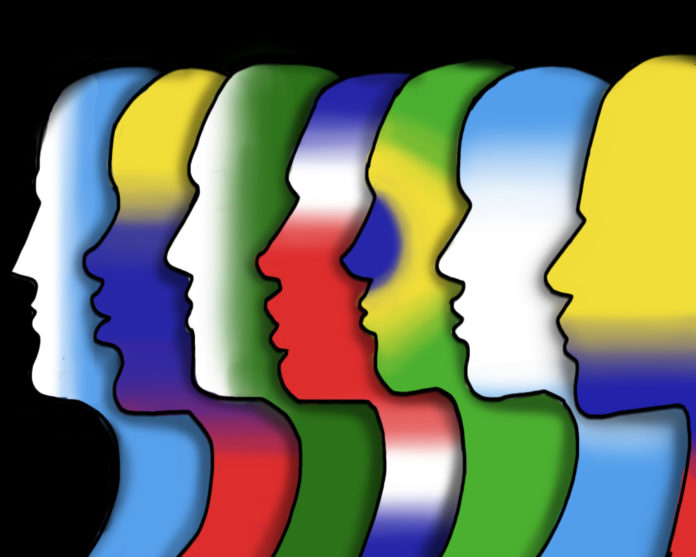It’s time to properly celebrate National Hispanic Heritage Month. From Sept. 15 to Oct. 15, we have 30 days to learn, appreciate and honor the contributions Hispanic Americans have made to culture and society.
During Hispanic Heritage Month, Hispanic arts and culture are celebrated for how they have positively enriched our society. This month is important to celebrate because it allows us to look past skin color and country of origin in order to truly see a person and a culture’s collective accomplishments.
Notable Hispanic figures such as Sonia Sotomayor, Selena and Cesar Chavez broke barriers and blazed the trail for a generation of young Hispanic Americans. However, despite the size and history of America’s Hispanic population, we are still recognizing a generation of firsts.
It is astounding that American society has yet to break through many unseen racial barriers. We do not realize what these racial barriers are until a news outlet announces the first Latina Supreme Justice, Sonia Sotomayor, or the first Latin American to play in major league baseball since 1873, Luis Manuel Castro. These barriers are evident across the entertainment industry, politics and medicine.
To move past this generation of firsts, we need to look at contributions of Hispanic Americans and how we can inspire younger generations, beginning with representation. For any child to dream past media-fed images of what success looks like, that child will need to see someone who looks like them achieving and progressing in society. Along with celebrating Hispanic arts and culture, we should celebrate the people who have contributed to Hispanic and American culture. There are many names such as Diego Rivera, who established the Mexican mural movement in Mexican art, and Frida Kahlo, whose art was brutally honest about the roles of women and social classes in society, that gave Hispanic Americans a different light to stand in.
Hispanic Heritage Month started in 1968 under President Lyndon Johnson as what was originally “Hispanic Heritage Week;” it was expanded by President Ronald Reagan in 1988 to a month-long celebration.
According to the U.S. Census Bureau, a Hispanic or Latino is “a person of Cuban, Mexican, Puerto Rican, South or Central American, or other Spanish culture or origin regardless of race.” The largest minority in the U.S. is Hispanics, and this is evident in how embedded Mexican, Puerto Rican and Cuban cultures are in American culture.
In 2015, the Census Bureau estimated that 17 percent of the U.S. population is Hispanic. The states with the largest Hispanic populations are California, Texas and Florida, each with Hispanic Americans accounting for half of the state’s population.
The contributions that Hispanic Americans have made to America extend beyond economic benefits. It is the cultural, creative and spirit that is embedded into the music we listen to, the food we eat and the movies we watch.
During this observance of heritage, we are given the headspace to reflect on how empty America would be without the cultures and people sprinkled in from Latin America. If we, as a country, forget or choose to ignore the contributions minorities have made to the majority, it will become easier to have a narrow-minded and ignorant view of an entire group of people. We must observe Hispanic Heritage Month in respectful and considerate ways. These 30 days are vital to becoming multi-dimensional Americans.
We are all connected to each other as citizens. Our ideas and energies combine to make America. When we recognize the variety and beauty of Hispanic culture and contributions, we recognize ourselves.






